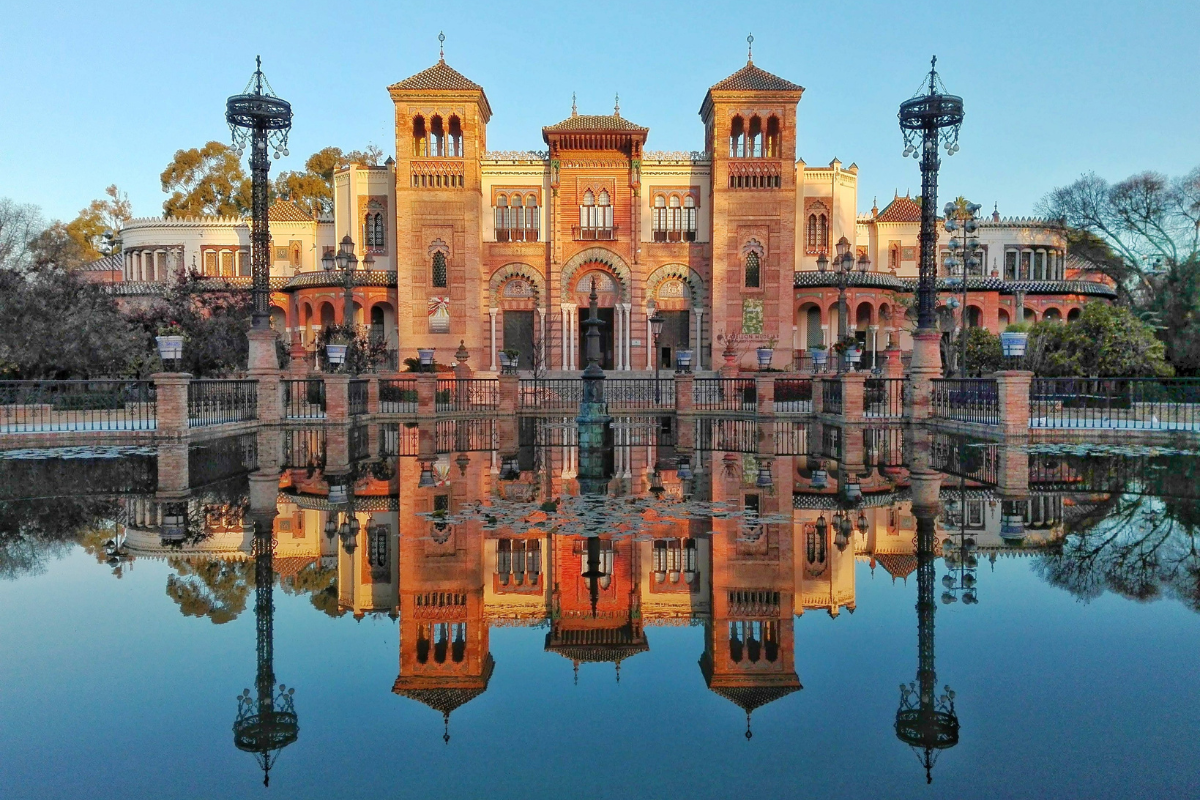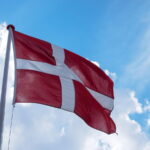Spain’s new global debt swap hub represents the nation’s push for ethical financial reform. Credit: Javibuiant on Pixabay via canva.com
Spain has launched a debt swap hub. This is a simple idea at its core. This is to help poor countries stop sending money abroad and invest in their homes instead. If the country owes millions of debt to lenders, it can negotiate the transaction where the money is redirected. Instead of building schools, protecting forests and making separate repayments to improve access to clean water. This type of transaction is a development debt swap, and up until now it has been a rare and slow process. Spain wants to facilitate that transition with the support of the World Bank.
Sevilla’s new centre will serve as a hub for fundraising as well as expertise. There’s no need to start from scratch with countries you want to try, but how does it work? Who is qualified and why does Spain place itself at its centre?
What is the exchange of debt?
If a country borrows money from a government, bank, or an institution like the IMF, it usually has to accumulate interest and pay off the loan. However, lenders may agree to cut or cancel the loan as long as the country uses the money for a specific purpose.
It is called the exchange of debt. This includes redirecting money that has been paid. Please give an example:
- The state owes 50 million euros to lenders and will agree to spend some of that money on forest conservation and building clinics instead of paying the full amount.
- Lenders accept lower returns and instead help something accomplish on the ground.
These swaps have been around for decades and are driven primarily through environmental trading. However, over the past few years, countries such as Belize, Barbados and Ivory Coast have used them to fund marine conservation, education and even clean energy. Together, these arrangements generate around $6 billion worldwide.
They are relatively rare for reasons, and each transaction requires lawyers, approval, financial planning and supervision. This takes quite a while and not all governments have the ability to handle it. This is where help comes and how Spain fills that gap.
What Spain is launching
On July 1st, Spain and the World Bank officially opened a global hub for debt swaps. It is currently based in Seville and is intended to do things that are not other centres. This is to make it easier for the state to exchange it for payments for development projects.
- Spain has committed 3 million euros to support the hub, and the World Bank oversees the technical aspects.
- It helps the country set up transactions while providing access to the funding tools it needs to manage and get started with paperwork.
This is the first time the G20 countries have officially established a centre for this type of work. Spain has made minor exchanges in the past, including debt transactions in Latin America.
Seville held the UN finances for the Development Summit simultaneously, providing immediate visibility among ministers, lenders and UN agencies.
New hub for debt swaps
The trade of neatias with a small number of debt I have already unlocked $6 billion worldwide. Belize was used to protect the reefs. Barbados restructured its debt in exchange for climate adaptation funds. These were not one-off donations. These were structured transactions that freed up real budget areas.
- The Spanish hub is designed to repeat these transactions.
- Countries facing strict repayment deadlines may have alternative options.
- Spend your money transparently locally with a framework backed by trusted institutions like the World Bank.
Instead of strict repayments following emergency loans, countries were able to trade these obligations for investment at long-term value. This is a financial tool, but it gives you much needed breathing.
Not all debts qualify. Countries can only negotiate exchanges Specific types of loansoften bilateral or concessional. Commercial debt, or debt owed to multiple institutions, is much more difficult to restructure.
Spain’s 5.5 billion euro pledge
Before launching the Debt Swap Club, Spain had pledged to redirect EUR 5.5 billion IMF reserves to support low-to-middle-income countries. He also hosted the development of the United Nations and citizen finances. This gave policy tools a diplomatic platform rather than just a financial platform.
Spain can help by investing in repeatable structures. This can be adopted by others and restructured the country’s approach to affordable debt.
Many countries are forced to choose as interest payments increase and global borrowing costs remain relatively high Conservative debt and Spend on basic needs. That tension is becoming more difficult to ignore.
The new Spanish hub may not solve that, but it offers an alternative that can turn some of that pressure into something more convenient without waiting for a complete overhaul of the global system.








